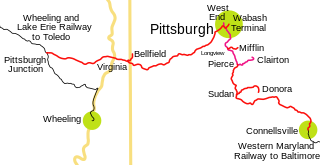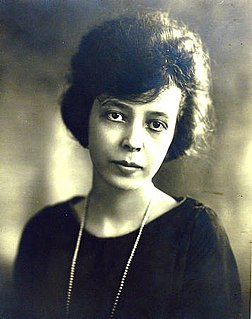"The Libido for the Ugly" is a famous essay by H. L. Mencken (1880–1956), a renowned Baltimore journalist, satirist, and social critic of the American scene.
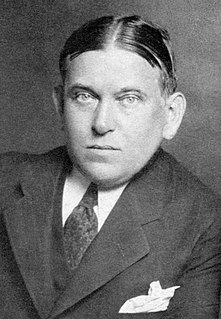
Henry Louis Mencken was an American journalist, essayist, satirist, cultural critic and scholar of American English. He commented widely on the social scene, literature, music, prominent politicians and contemporary movements. His satirical reporting on the Scopes trial, which he dubbed the "Monkey Trial", also gained him attention.
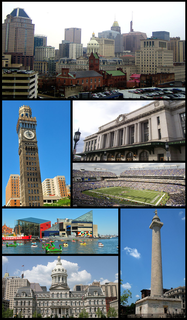
Baltimore is an independent city in the state of Maryland within the United States. Baltimore was established by the Constitution of Maryland as an independent city in 1729. With a population of 611,648 in 2017, Baltimore is the largest such independent city in the United States. As of 2017, the population of the Baltimore metropolitan area was estimated to be just under 2.808 million, making it the 20th largest metropolitan area in the country. Baltimore is located about 40 miles (60 km) northeast of Washington, D.C., making it a principal city in the Washington-Baltimore combined statistical area (CSA), the fourth-largest CSA in the nation, with a calculated 2017 population of 9,764,315.

A journalist is a person who collects, writes, or distributes news or other current information to the public. A journalist's work is called journalism. A journalist can work with general issues or specialize in certain issues. However, most journalists tend to specialize, and by cooperating with other journalists, produce journals that span many topics. For example, a sports journalist covers news within the world of sports, but this journalist may be a part of a newspaper that covers many different topics.
Rhetorically his piece uses Juvenalian satire to lampoon the industrial blight of Pittsburgh and Western Pennsylvania, the nation's leading industrial district in the 1920s. Mencken writes from the point of view of a passenger on an east-bound express train of the Pennsylvania Railroad. Specifically, the speaker is scanning the landscape between Pittsburgh's East Liberty station and Greensburg, declaiming an endemic ugliness in architecture and poverty and nature. This industrial ugliness, he claims, is shameful and in contrast to the quaint charm of Europe's poor and rural villages. His curmudgeonly conclusion about American industrialization is "out of the melting pot emerges a race which hates beauty."

Western Pennsylvania refers to the western third of the state of Pennsylvania in the United States. Pittsburgh is the region's principal city, with a metropolitan area population of about 2.4 million people, and serves as its economic and cultural center. Erie, Altoona, and Johnstown are its other metropolitan centers. As of the 2010 census, Western Pennsylvania's total population is nearly 4 million.
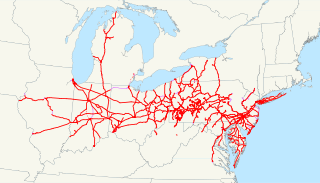
The Pennsylvania Railroad was an American Class I railroad that was established in 1846 and was headquartered in Philadelphia, Pennsylvania. It was so named because it was established in the Commonwealth of Pennsylvania.

East Liberty is a culturally diverse neighborhood in Pittsburgh, Pennsylvania's East End. It is bordered by Highland Park, Morningside, Stanton Heights, Garfield, Friendship, Shadyside and Larimer, and is represented on Pittsburgh City Council by Councilwoman Deborah Gross and Rev. Ricky Burgess. One of the most notable features in the East Liberty skyline is the East Liberty Presbyterian Church, which is an area landmark.
"The Libido for the Ugly" was first published in 1926 as a column in the Baltimore Evening Sun and next in Mencken's book Prejudices: Sixth Series (New York: Alfred A. Knopf, 1927). Since then the essay has been widely reprinted and celebrated in anthologies.




